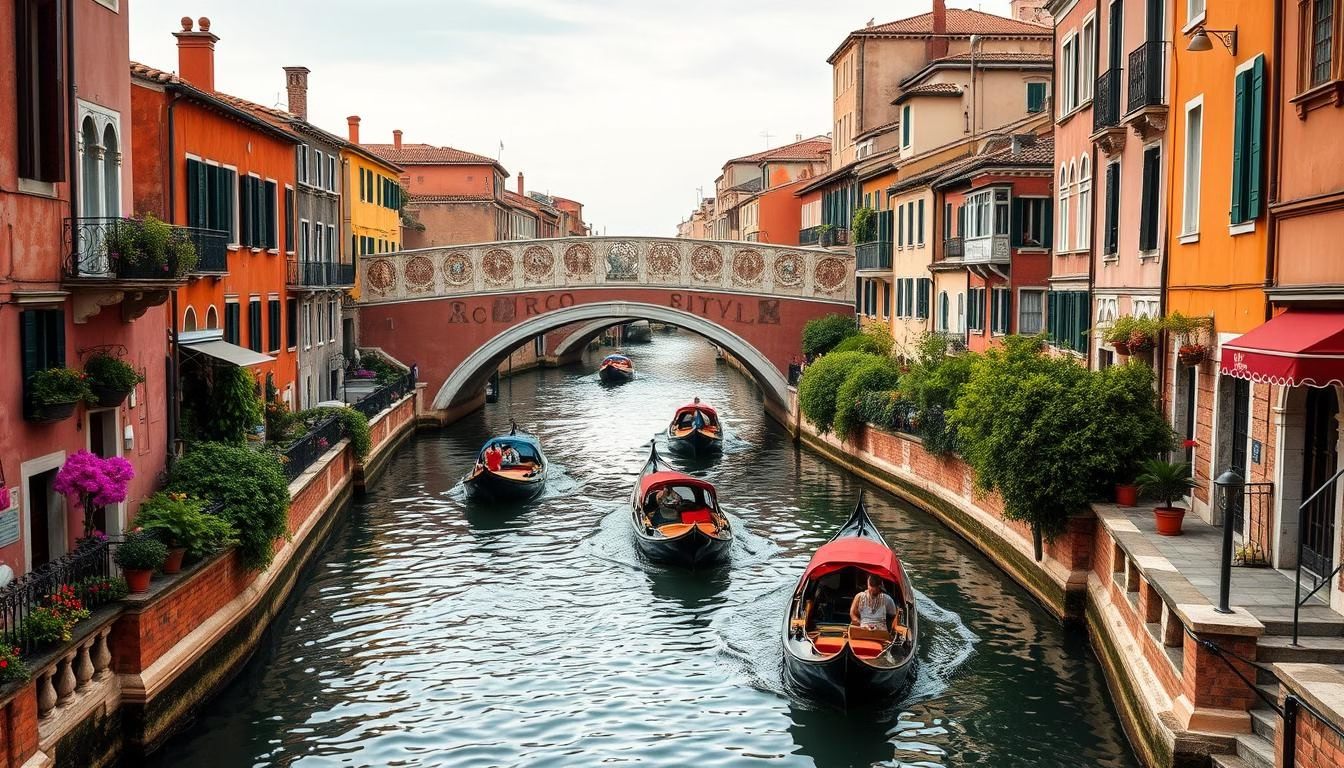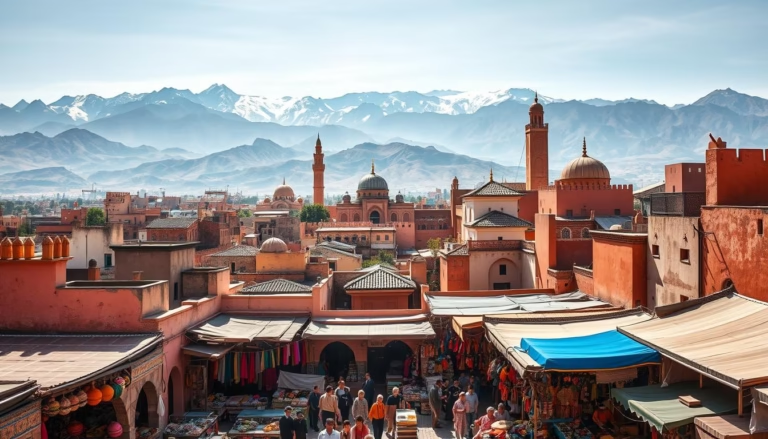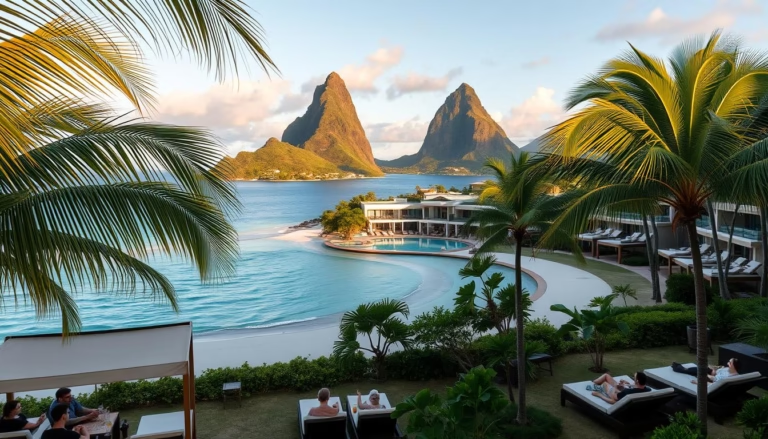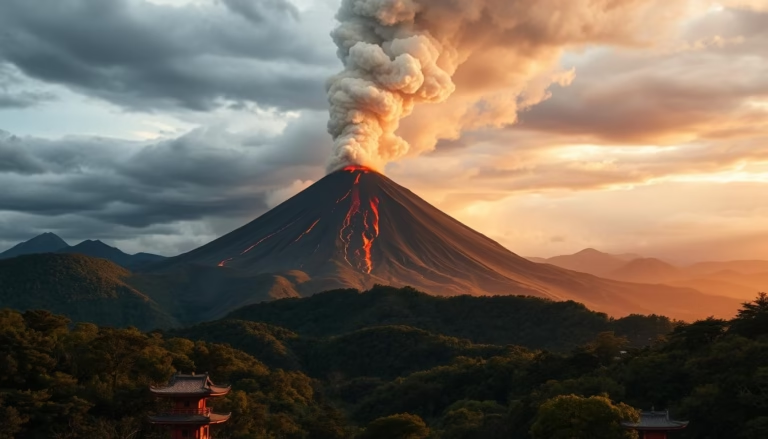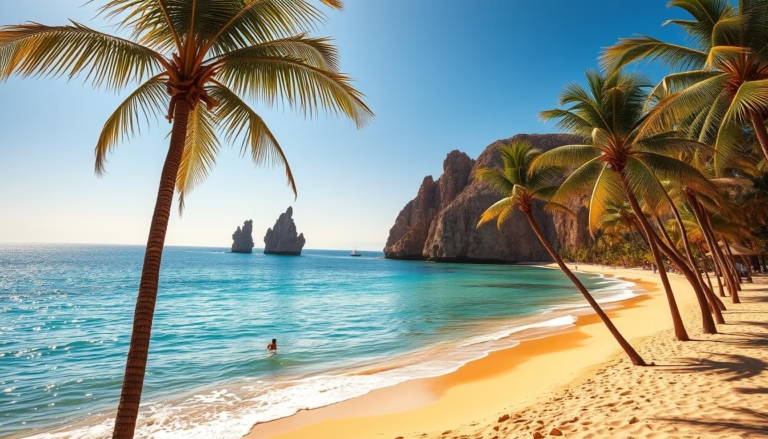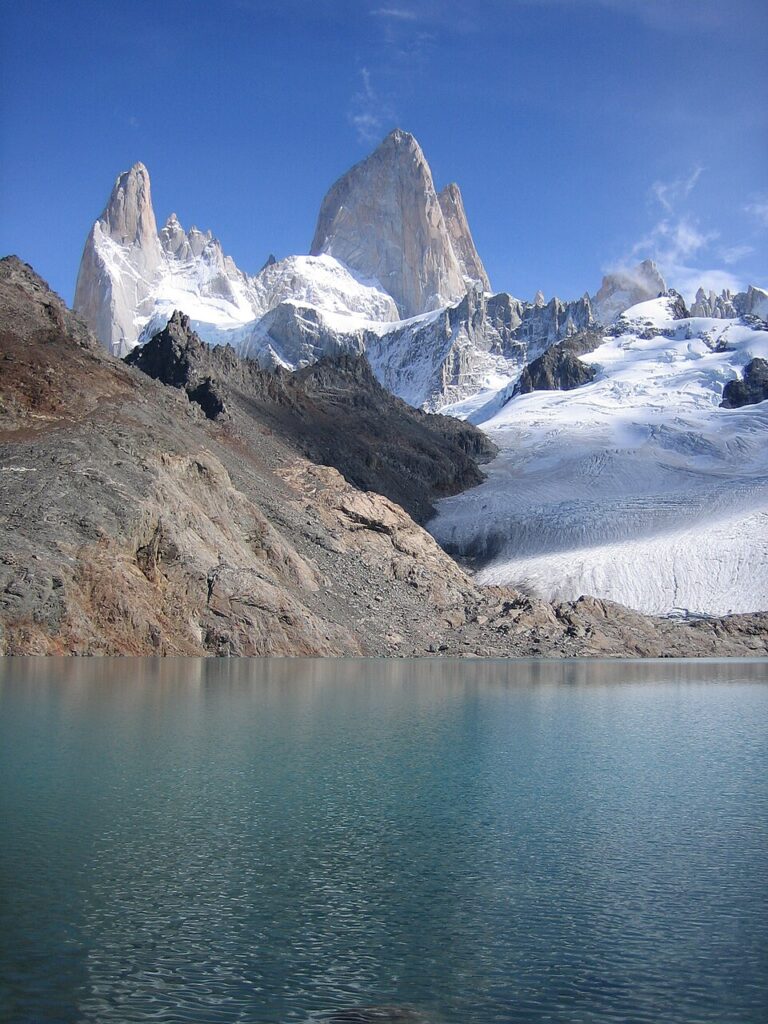Discover World Famous Canals: History & Beauty
For centuries, humans have reshaped landscapes to connect oceans and continents. These engineering marvels transformed global trade by creating shortcuts through mountains, deserts, and narrow land strips. The Panama Canal alone saves ships nearly 8,000 miles of travel between the Atlantic and Pacific. Completed in 1914, it remains one of history’s most ambitious projects.
Egypt’s Suez Canal revolutionized shipping when it opened in 1869. By linking the Mediterranean and Red Sea, it became a vital artery for international commerce. Greece’s Corinth Canal, carved through solid rock in 1893, showcases precision engineering from a different era. Each waterway tells stories of perseverance against natural obstacles and political challenges.
Beyond their economic impact, these routes became cultural landmarks. Many now attract travelers seeking both historical insights and breathtaking views. Modern upgrades—like advanced lock systems and environmental safeguards—keep these passages relevant in today’s shipping industry.
Key Takeaways
- Strategic canals cut travel distances by thousands of miles for international ships
- Major projects like the Panama and Suez Canals took decades to complete
- Engineering breakthroughs solved challenges like elevation changes and tough terrain
- These waterways boosted economies by lowering shipping costs and times
- Several historic canals now hold UNESCO status and draw global tourists
- Modern innovations ensure canals meet 21st-century environmental standards
Introduction to Iconic Canals
Ancient societies discovered that controlling water routes meant controlling trade and culture. Early engineers transformed marshy lowlands and river systems into organized networks, reshaping how civilizations moved goods and shared ideas.
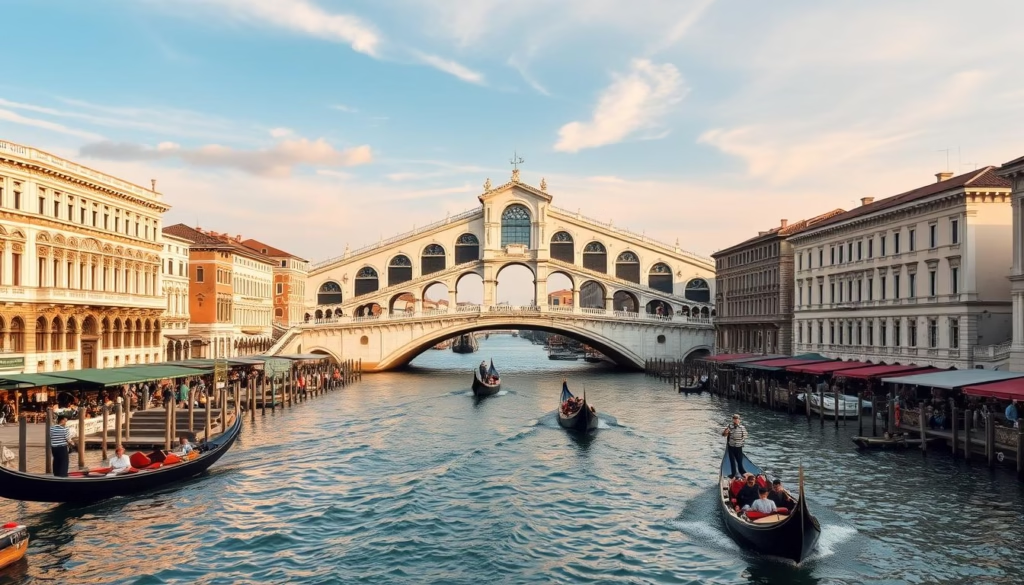
Historical Roots of Canal Networks
The Grand Canal of China stands as humanity’s first mega-project. Starting in the 5th century BC, workers hand-dug 1,100 miles of waterway to connect Beijing to Hangzhou. This stone-lined marvel moved grain, silk, and troops across mountains and plains. “It wasn’t just a canal—it was China’s imperial lifeline,” notes historian Li Wei.
Venice took a different approach. Builders turned tidal lagoons into navigable channels using wooden pilings and limestone. By 1200 AD, these adaptations let merchant ships reach the heart of the city-state.
| Canal | Location | Innovation |
|---|---|---|
| Grand Canal | China | Contour-cutting through mountains |
| Venetian Lagoon | Italy | Tidal flow management |
| Canal du Midi | France | First summit-level canal |
The Evolution of Waterway Transportation
Simple river connections grew into complex systems. Medieval engineers added locks to manage elevation changes—like the 15th-century Milanese who perfected wooden chamber gates. These advances let boats climb hills as effectively as they floated downstream.
By the 1800s, iron-reinforced aqueducts carried coal barges over valleys. Today’s cargo ships rely on these same principles, scaled up with concrete and steel. Each upgrade reflects our enduring need to move more goods, faster—without sacrificing nature’s balance.
World Famous Canals: Their Global Impact
Modern commerce relies on a network of strategic passages that streamline global connections. These engineering achievements don’t just move goods—they shape markets, fuel industries, and bridge cultures.
Economic Influence on Global Trade
The Suez Canal handles 12% of worldwide shipping, saving vessels 4,000 miles compared to sailing around Africa. Fuel efficiency drives these routes: one Panama Canal transit saves enough diesel to power 3,800 homes for a day. Supply chains depend on these shortcuts—when a ship gets stuck, global coffee prices can spike within weeks.
Cultural and Tourism Value
Once-busy trade corridors now host gondolas and river cruises. Amsterdam’s waterways draw 18 million visitors yearly, while Venice’s Grand Canal appears in over 40% of Italy’s travel ads. “These aren’t just ditches—they’re liquid museums,” says UNESCO heritage director Marie Lafont.
| Waterway | Annual Trade Value | Tourist Visits |
|---|---|---|
| Suez Canal | $12 billion | 1.2 million |
| Panama Canal | $2.6 billion | 500,000 |
| Amsterdam Canals | N/A | 18 million |
Balancing cargo ships with sightseers remains tricky. New noise limits protect Venice’s historic buildings, showing how these routes adapt while honoring their past.
Panama Canal: An Engineering Marvel
Imagine slicing through a continent to connect two oceans. That’s exactly what engineers achieved with the Panama Canal, completed in 1914 after overcoming jungles, landslides, and deadly diseases. This 51-mile route through the Isthmus of Panama reshaped global shipping by linking the Atlantic and Pacific Oceans—saving vessels 8,000 miles compared to sailing around South America.
Construction Challenges and Triumphs
Early efforts nearly failed. French builders led by Ferdinand de Lesseps abandoned the project in 1894 after tropical diseases killed 22,000 workers. When the U.S. took over in 1904, engineers battled unstable terrain and devised new solutions. They created the Culebra Cut—a 9-mile trench through rock that required removing enough dirt to bury Manhattan 10 feet deep.
Key Features and Modern Upgrades
The canal’s lock system remains its star innovation. Gatun, Miraflores, and Pedro Miguel locks act like water elevators, lifting ships 85 feet using gravity-fed lakes. A 2016 expansion added larger locks and water-saving basins, doubling cargo capacity. “It’s not just bigger—it’s smarter,” explains canal administrator Ricaurte Vásquez, noting new GPS-guided tugboats and environmental safeguards.
Today, over 14,000 ships transit yearly, proving this engineering feat remains vital. From disease control to AI-powered traffic management, the canal keeps evolving while honoring its bold history.
Suez Canal: Connecting Two Continents
Bridging Africa and Asia, the Suez Canal reshaped global geography when it opened in 1869. This desert waterway lets ships sail directly between the Mediterranean Sea and Red Sea, bypassing Africa’s southern tip. French engineer Ferdinand de Lesseps proved skeptics wrong by completing the 120-mile route without locks—a feat made possible by Egypt’s flat terrain.
Strategic Significance and Expansion
Every day, $9 billion worth of goods pass through this shortcut. Modern upgrades doubled its width in 2015, allowing vessels as long as the Empire State Building to transit. “It’s not just a canal—it’s an economic accelerant,” remarks maritime analyst Clara Nasser. The 2021 Ever Given blockage highlighted its fragility, halting 12% of global trade for five days.
Impact on International Shipping Routes
Before the canal, ships spent weeks sailing around Africa’s stormy Cape of Good Hope. Now, a Shanghai-to-Rotterdam trip takes 30% less time and fuel. This efficiency boost makes consumer goods cheaper worldwide—from Egyptian cotton shirts to South Korean smartphones.
Geopolitical tensions often flare around this choke point. During the 1956 Suez Crisis, international forces temporarily seized control. Today, expansion projects ensure it remains vital for supertankers and supply chains alike.
Grand Canal of China: A Timeless Wonder
The Grand Canal of China defies time as Earth’s longest human-made waterway. Stretching 1,104 miles from Beijing in the north to Hangzhou in the south, this ancient route connected five major rivers and unified the nation’s economy. Recognized as a UNESCO World Heritage Site in 2014, it remains a living link between China’s past and present.
Ancient Engineering and Cultural Legacy
Built over 2,500 years ago, the canal’s construction required moving enough soil to circle the globe. Workers carved through mountains and designed innovative locks to manage elevation changes. This engineering triumph didn’t just move goods—it spread ideas, art, and traditions between cities.
UNESCO World Heritage and Tourism
Today, visitors explore the canal’s history through boat tours and restored warehouses. The UNESCO World Heritage designation protects landmarks like the Gongchen Bridge and Qing Dynasty granaries. Local cities blend ancient stone pathways with modern cafes, making every stop a journey through the centuries.
